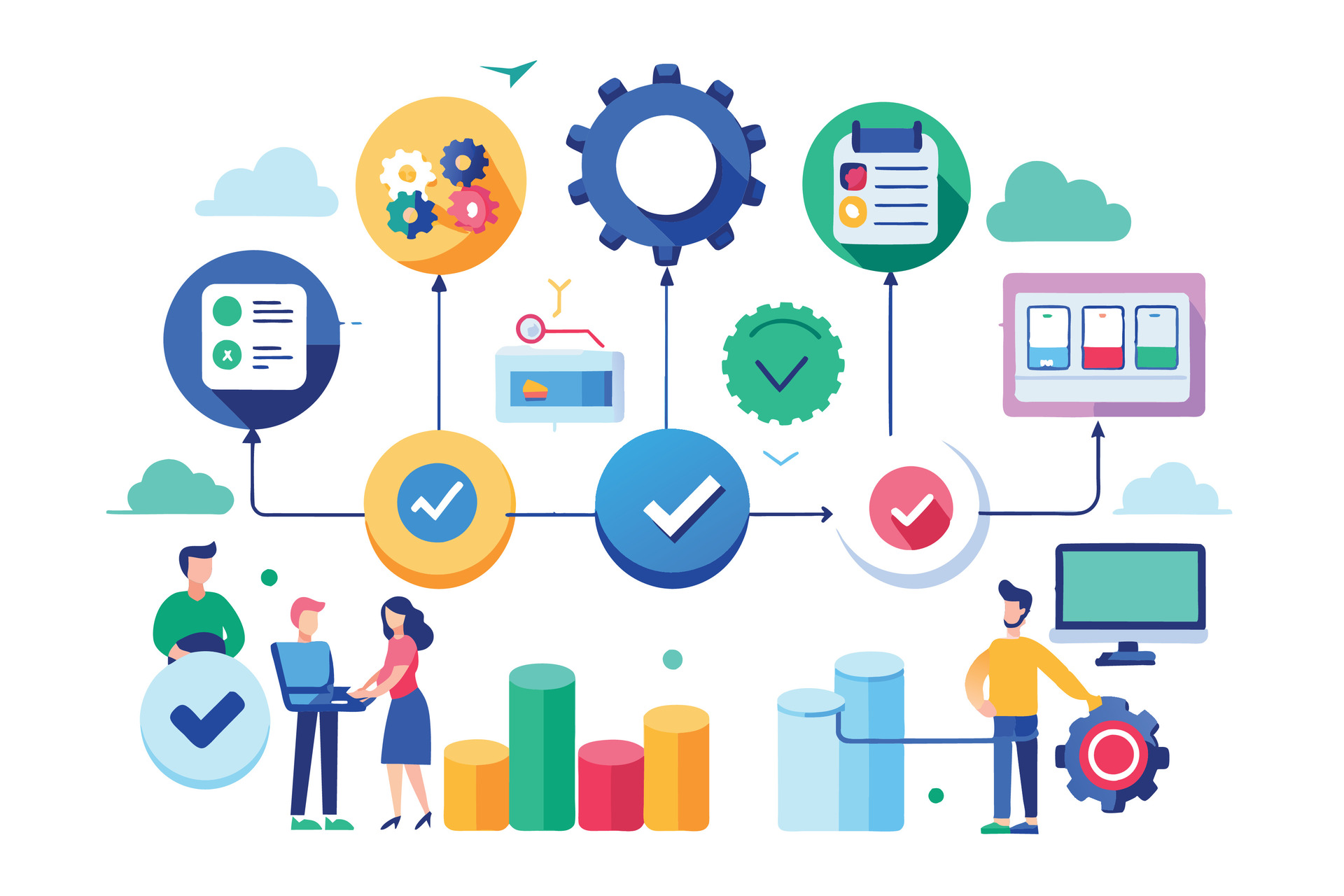In today’s fast-paced business landscape, organizations are constantly seeking ways to improve operational efficiency, reduce costs, and enhance customer experience. One of the most effective strategies to achieve these goals is by leveraging business process automation (BPA). BPA involves the use of technology to automate repetitive, mundane, and time-consuming tasks, freeing up human resources to focus on higher-value activities that drive innovation and growth. In this essay, we will explore the different types of BPA, including Robotic Process Automation (RPA), Artificial Intelligence (AI) and Machine Learning (ML), Workflow Automation, Integration Platforms as a Service (iPaaS), and other automation types.
Robotic Process Automation (RPA)
RPA is a type of BPA that involves the use of software robots to automate repetitive, rule-based tasks. The core features of RPA include automated tasks, repetitive actions, and decision-making based on pre-defined rules. RPA software robots mimic the actions of human users, interacting with systems and applications just like humans do, but with greater speed and accuracy.
RPA has numerous applications in various industries, including data entry, invoice processing, customer onboarding, and claims processing. For instance, RPA can be used to automate the data entry process, reducing errors and increasing efficiency. In invoice processing, RPA can be used to extract relevant information from invoices, reducing the need for manual data entry and enabling faster payment processing.
Artificial Intelligence (AI) and Machine Learning (ML)
AI and ML are types of BPA that involve the use of intelligent systems to automate complex processes involving decision-making and learning. While AI refers to the broader field of research and development of intelligent systems, ML is a subset of AI that focuses on developing algorithms that enable systems to learn from data.
AI and ML can automate complex processes involving decision-making and learning, such as fraud detection, customer service, and predictive maintenance. For example, AI-powered chatbots can be used to provide 24/7 customer support, while ML algorithms can be used to detect fraudulent transactions and prevent financial losses.

Workflow Automation
Workflow automation is a type of BPA that focuses on streamlining sequential processes, reducing bottlenecks, and increasing efficiency. Workflow automation tools and software are used to automate workflows, enabling organizations to automate complex business processes.
Workflow automation has numerous applications in various industries, including approvals, document routing, and patient care coordination. For instance, workflow automation can be used to automate the approval process, reducing the need for manual interventions and enabling faster decision-making.
Integration Platforms as a Service (iPaaS)
iPaaS is a type of BPA that enables seamless automation across multiple platforms and systems. iPaaS provides a single platform for integrating different systems, applications, and services, enabling organizations to automate complex business processes.
iPaaS has numerous applications in various industries, including data synchronization, data exchange, and API management. For instance, iPaaS can be used to integrate different systems and applications, enabling real-time data synchronization and exchange.
Other Automation Types
Business Process Management (BPM)
In addition to the widely recognized automation tools, Business Process Management (BPM) is another significant type of Business Process Automation (BPA). BPM involves the use of software tools to model, execute, and monitor business processes, enabling organizations to improve operational efficiency and reduce costs. This type of automation focuses on optimizing business processes by analyzing and refining them to achieve greater productivity and efficiency. BPM software tools provide a centralized platform for process modeling, workflow automation, and performance monitoring, allowing organizations to respond quickly to changing business conditions.
Low-Code/No-Code Platforms
Another important type of BPA is low-code/no-code platforms. These platforms provide a visual interface for building and deploying applications, enabling organizations to automate complex business processes without requiring extensive coding knowledge. This type of automation is particularly useful for organizations with limited IT resources, as it allows non-technical users to build and deploy applications quickly and efficiently. Low-code/no-code platforms are ideal for automating processes that require rapid development and deployment, such as building custom applications or integrating disparate systems.
Comparing the Advantages and Limitations of Each Automation Type
Each type of BPA has its unique advantages and limitations. While RPA is ideal for automating repetitive, rule-based tasks, AI and ML are better suited for automating complex processes involving decision-making and learning. Workflow automation is ideal for streamlining sequential processes, while iPaaS is better suited for integrating different systems and applications. BPM, on the other hand, is particularly useful for optimizing business processes, while low-code/no-code platforms are ideal for rapid application development and deployment. Understanding the strengths and weaknesses of each automation type is crucial for organizations to choose the right tool for the job and maximize the benefits of automation.
Conclusion
In conclusion, BPA is a powerful strategy for enhancing operational efficiency, reducing costs, and improving customer experience. By leveraging different types of BPA, including RPA, AI, ML, workflow automation, iPaaS, and other automation types, organizations can automate complex business processes, freeing up human resources to focus on higher-value activities that drive innovation and growth. As the business landscape continues to evolve, it is essential for organizations to stay ahead of the curve by embracing BPA and leveraging its numerous benefits.




